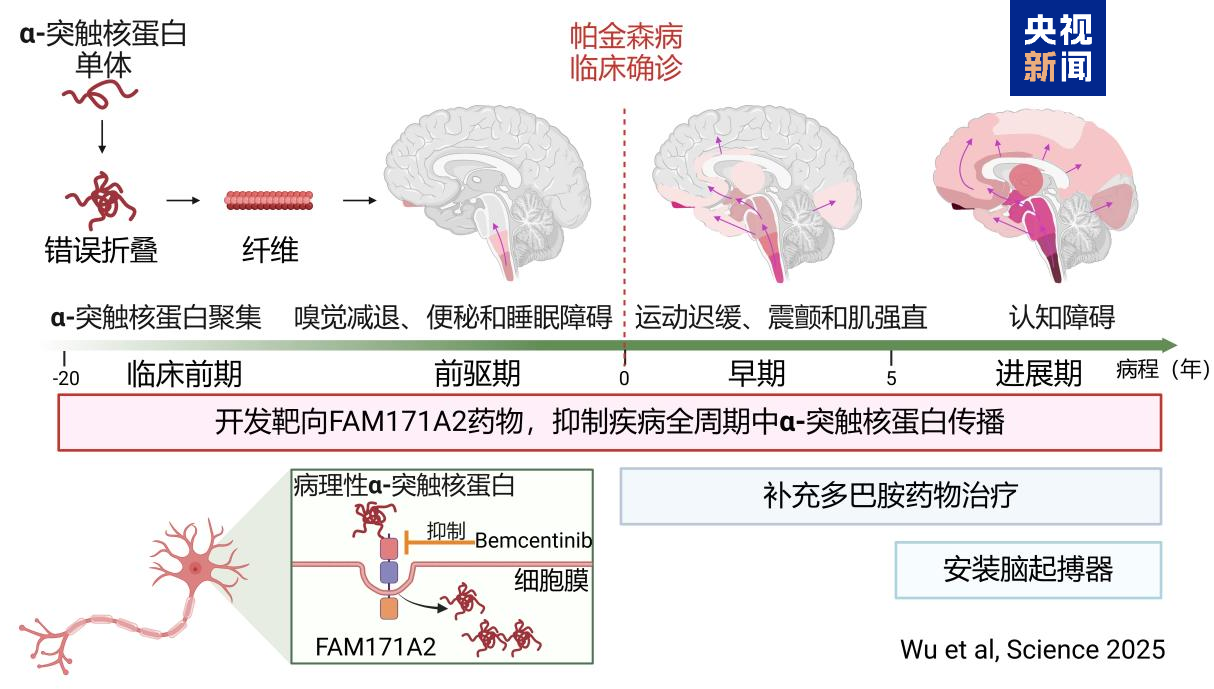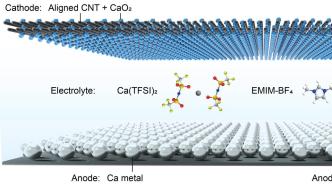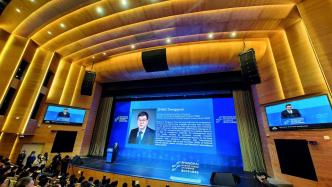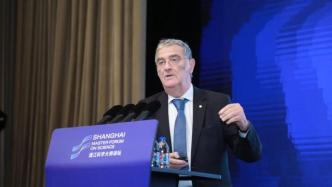
·Nowadays, the second quantum revolution has begun. Compared with the first quantum revolution, which “just asked what quantum theory can do”, humans now need to explore more “why” and give full play to their subjective initiative and use Quantum properties such as superposition and entanglement are continuously being explored in fields such as quantum metrology and quantum communications.
“Most of the knowledge we know about the external world actually comes from light.” On November 8, Serge Haroche, winner of the 2012 Nobel Prize in Physics and emeritus professor at the Collège de France, France Said at the fourth "Pujiang Science Master Forum" held by Fudan University.
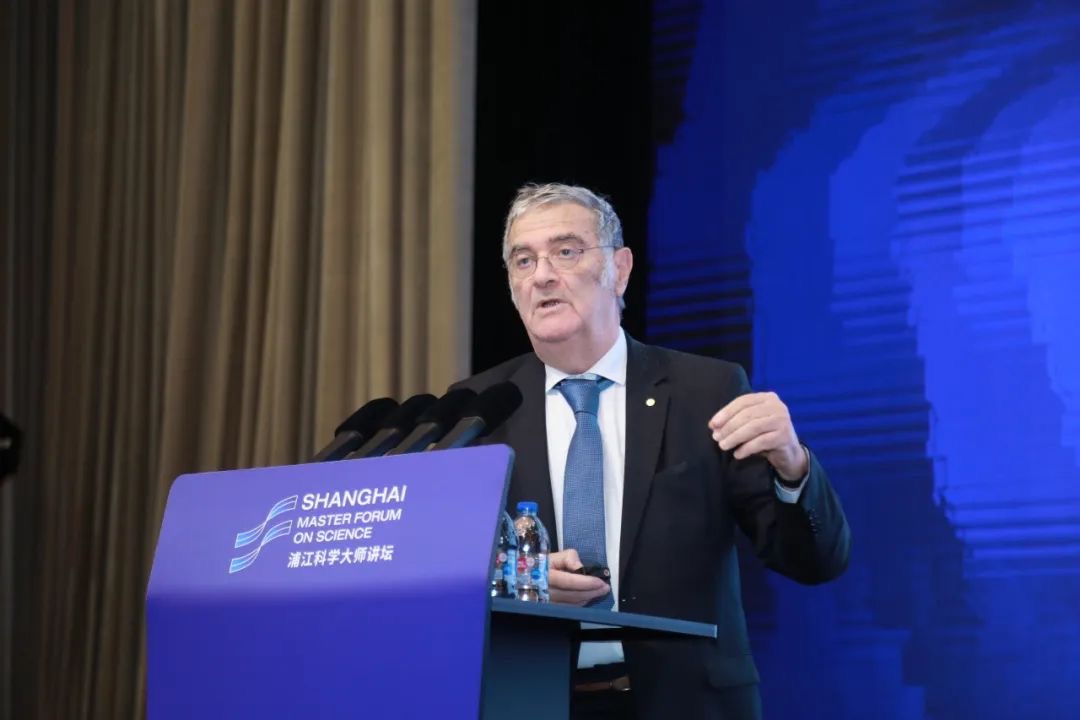
The guest speaker of the fourth "Pujiang Science Master Forum" is Serge Aroche. Image source: Fudan University
Arosh shared the topic "The Science of Light: From Galileo to Quantum Physics" and focused on the development, basic research and science and technology of light science. When looking back on his academic career, the nearly eighty-year-old scientist concluded: "I have been impressed and fascinated by the science of light since I was young. If you want to be a scientist, you must first have passion and enthusiasm. , to have the curiosity to explore the external world, you must be able to do very in-depth research in certain fields, and have a very strong pursuit of knowledge exploration and thirst.”
Arroche recalled at the scene that in 1966, at the age of 20, he entered the Castler-Brossell Laboratory of the Ecole Normale Supérieure in Paris and started his research career. This laboratory brings together talents from all walks of life. Before Arroche, his mentor Castler won the Nobel Prize in Physics in 1966. Another scientist in the laboratory, Brossel, is a member of the French quantum optics school. Founder. "I am very happy and very lucky to be nurtured in such an environment. If you want to do science, you must be with a group of talented scientists. Those star-studded scientists in history will be your inspiration to continue to inspire enthusiasm and explore new Momentum at the cutting edge of science,” Arrosh said.
In 2012, Arrosh and American physicist David Wineland won the Nobel Prize in Physics for "breakthrough experimental methods that make it possible to measure and manipulate individual quantum systems." As an expert in cavity quantum electrodynamics, Arosh used quantum technology to design a realistic experiment using atoms and light, successfully taming atoms and photons and observing quantum superposition.
The detection method he invented does not intervene while observing, which makes the thought experiment envisioned by the founder of quantum physics come true. It seems that the "Schrödinger's cat" that has troubled the physics community for many years can finally be "caught" in reality.
"In fact, many of our understandings of the external world are related to light." Arrosh listed at the conference: from Galileo to Newton in the 17th century, to Faraday, Maxwell, Planck and Ein in the 19th and 20th centuries. Stan and other scientists... It can be said that the birth of many great ideas in the history of science was influenced by optics.
In the 17th century, people believed that light was infinitely fast, and Galileo first proposed that "the speed of light can be measured," thus taking the first step in human exploration of the speed of light. Seventy years later, Danish astronomer Ole Romer confirmed for the first time that the speed of light is finite through the observation of the "Io eclipse" phenomenon. In the 17th century, scientists debated endlessly on whether light is a particle or a wave. The particle theory represented by Newton and the wave theory represented by Huygens were in a stalemate. In the early 19th century, Thomas Young used the double-slit experiment to prove derived light waves. Complying with the principle of superposition, the wave nature of light is confirmed.
It was not until the mid-19th century that Maxwell proposed the electromagnetic wave theory of light, which was verified by Heinrich Hertz's experiments, thereby unifying electricity, magnetism and optics. Arrosh called it "a great piece of research." The theory of electromagnetic waves sheds new light on the nature of light: light and magnetism are triggered by the same substance, and light is an electromagnetic disturbance that propagates in a field according to the laws of electromagnetism.
The wave-particle duality of light has become the cornerstone of quantum theory, and people have reached a basic consensus on the nature of light. Since then, quantum theory has swept the entire physics world, and mankind has entered a higher stage of understanding and exploring light. "From Galileo to quantum physics, this is a fascinating scientific path." Arrosh said at the scene. Looking back on the history of scientific development, all researchers stand on the shoulders of giants and constantly revise or even overthrow original theories. Broaden the boundaries of human cognition and explore more mysteries of the universe. Therefore, "there are no eternal truths in scientific research, only human beings' constantly revised conclusions and gradually deeper understanding of the world."
On this road to discovering the truth, technology is an indispensable tool. Countless bold scientific conjectures must be supported by advanced science and technology. "From Galileo pointing the telescope into the sky to today's nuclear magnetic resonance, GPS and other quantum communications, the emergence of every new technology has promoted the development of optics, and optical research has provided a theoretical basis for technological progress, so science and technology have always been complementary to each other. Symbiotic relationship." Arrosh said that the virtuous cycle formed between basic research and technological innovation helps physicists observe, confirm or falsify more efficiently and accurately.
Nowadays, the second quantum revolution has begun. Compared with the first quantum revolution, which "just asked what quantum theory can do", humans now have to explore more "why" and give full play to their subjective initiative and use superposition. and entanglement and other quantum properties, and continue to develop in the fields of quantum metrology, quantum communication, quantum simulation, quantum computing and other fields.
In the future, as measurement methods continue to improve, basic research can be advanced to the molecular level, atomic level, or even finer. Arrosh expects: "We can also use this research capability to explore some of the most cutting-edge technologies in the fields of electromagnetic science and biological science." As for when quantum computers will appear, Arrosh admitted, "I really don't know." , but dancing with "uncertainty" is the characteristic and the most beautiful thing about scientific research.
It is reported that the "Pujiang Science Master Forum" was initiated and managed by the Shanghai CPPCC Science and Technology and Education Committee, Fudan University, Shanghai Science and Technology Working Committee of the Communist Party of China, Shanghai Science and Technology Commission, Shanghai Science and Technology Association, and the world's top scientists Co-sponsored by the association and hosted by Fudan University. In principle, the forum will be held 4-6 times a year, with each issue inviting a top scientist to give a main report and 1-2 sub-reports as needed. The guest speakers for the first three sessions were Michael Levitt, winner of the 2013 Nobel Prize in Chemistry, Qiu Chengtong, Dean of Qiuzhen College of Tsinghua University, and Leroy E. Hood, academician of the “Four Academies” of the United States. .
